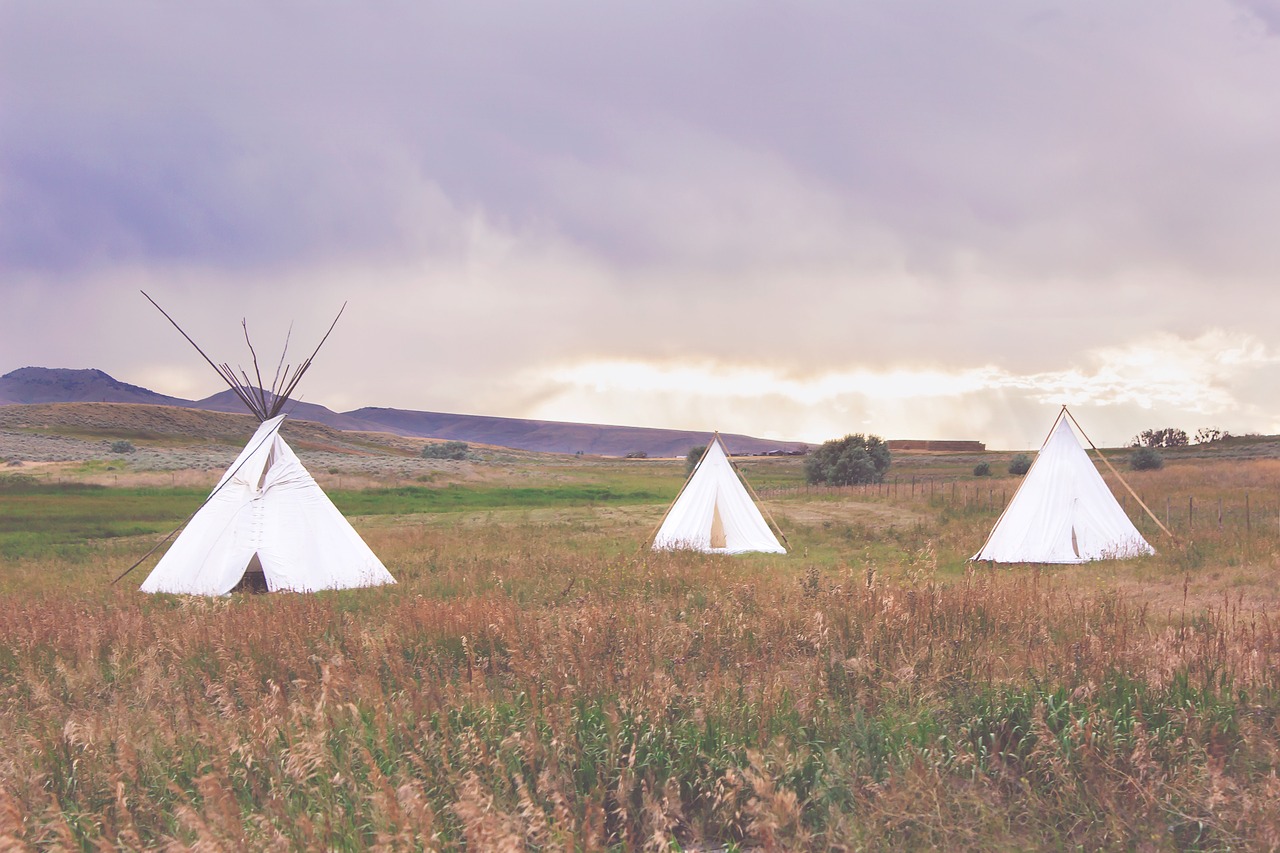Sacred Landscapes: Where Conservation Meets Cultural Heritage
Across the wide plains of Montana, Lakota rangers watch over a herd of wild bison. In the deep green of the Olympic Peninsula, Quinault elders monitor the salmon’s migration. These are not ordinary conservation areas, but living cultural landscapes, where ecological and spiritual responsibility are inseparably connected.
Bears Ears: A New Model of Protection
The Bears Ears National Monument in Utah is making history: for the first time, five tribes jointly manage a protected area together with the U.S. government. “Our ancestors lived here 13,000 years ago,” explains Hopi representative Clark Tenakhongva. “We know every petroglyph, every sacred site. This knowledge is our contribution to conservation.”
Traditional Ecological Knowledge: The Key to Success
Scientists are only now discovering what Indigenous peoples have always known: Traditional Knowledge offers unique solutions to modern environmental problems. Nez Perce fishermen read the rivers like an open book, Navajo shepherds understand desert ecology better than any climatologist.
“My grandfather could predict the weather just by watching the direction of birds in flight,” shares a Diné park ranger. “That knowledge was more accurate than any weather computer—and it was free.”
Sacred Sites: More Than Just Scenic Landscapes
For outsiders, the Devils Tower in Wyoming may just be an impressive rock. For the Lakota, it is Matȟó Thípila—the Bear Lodge, a sacred site for vision quests. These cultural meanings are invisible to tourists but essential for Indigenous communities.
The Dark History of National Parks
Many famous national parks were established on dispossessed Indigenous land. Yellowstone displaced the Shoshone, Yosemite expelled the Ahwahneechee. “They called it ‘wilderness,’ but for us, it was home,” says a descendant of the displaced peoples.
Modern Cooperation: From Conflict to Collaboration
Today, new models of collaboration are emerging:
- Co-Management: Tribes manage parks jointly with the government
- Traditional Ecological Knowledge Programs: Scientists learn from Indigenous experts
- Cultural Protection Zones: Special areas for traditional practices
Success Stories: When Indigenous Stewardship Works
In Montana, the Blackfeet have restored the ecological balance of the prairies through bison reintroduction. In the Pacific Northwest, the Coast Salish protect salmon stocks more effectively through traditional fishing practices than any quota system.
“We don’t just hunt animals—we have relationships with them,” explains an Inuit hunter. “That understanding is missing in Western conservation models.”
Climate Change: Indigenous Communities on the Frontlines
While the world debates climate change, Indigenous peoples are already living its impacts. In Alaska, villages sink into thawing permafrost. In the Southwest, sacred plants wither in the heat.
“Our calendars no longer align,” says a Hopi farmer. “The corn planting that has happened on the same day for generations no longer works. The Earth is speaking, but we don’t yet understand its new language.”
Future Vision: 30×30 and Indigenous Rights
The international 30×30 initiative aims to protect 30 percent of the planet by 2030. Indigenous organizations insist: these lands must be under Indigenous stewardship.
“We have protected these areas for thousands of years,” emphasizes Tla-o-qui-aht Chief Moses Martin. “What we need now is not more protected areas, but greater recognition of our stewardship.”
What Tourists Should Know: Visiting with Respect
If you visit Indigenous-managed lands:
- Respect sacred sites: Photography is not always allowed
- Leave no trace: Take nothing with you, leave nothing behind
- Support local communities: Buy from Indigenous vendors
- Learn the history: Understand whose land you are on
Ancestral Wisdom for the Future
In an era of ecological crisis, Indigenous knowledge offers solutions science alone cannot provide. It reminds us that we are not masters of nature but part of it.
“Our protected lands are not museums,” says a Maori elder. “They are living classrooms where the Earth teaches us how to live in balance.”
Have you ever visited an Indigenous-managed conservation area? What was your experience? Share your thoughts in the comments!
Further Resources:
Native Land Digital – Map of Indigenous Territories
Indigenous Guardians Programs – Community-based Conservation
Tribal National Parks – Information on Indigenous-managed Parks

